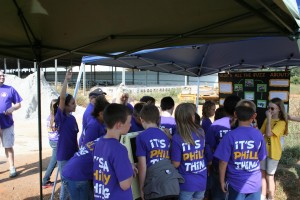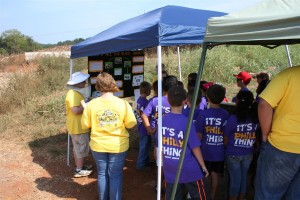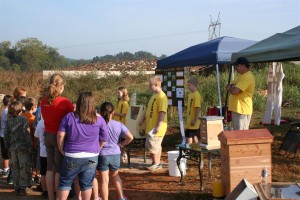We’ve decided to try our hand at raising rabbits from the “livestock” perspective (even though they are technically not considered livestock). I realize many may find this disturbing; however, we must be practical – there are several benefits that could be argued, but that’s for another time… For tonight, we look at the hutch.
I found a supply of 9 free 9′ pallets that fit the bill for this build. We tore them down and built a 9 space hutch:
Details:
Just over 8′ 6″ wide and about 7′ tall and cages are 30″ deep made from pallet wood and mesh, cement boards, cement blocks, tin roofing (to be installed shortly) – very heavy.
Top Row can house 1 buck and 4 does
Bottom Row has 4 larger sections for weaned offspring litters.
Between rows has Durock (tile backer board) on an angle covered with plastic for drainage
Bottom row has “pit” style collection (to be shoveled into upcoming flow through vermicomposter – stay tuned)
We are working on automatic watering valves etc. (more to come)
First Occupant






























































